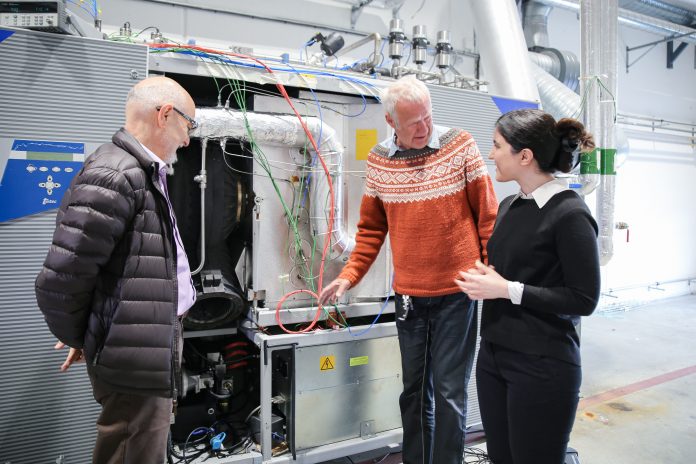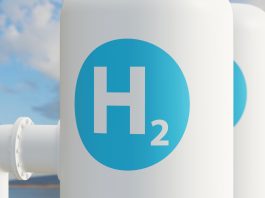A research team from the University of Stavanger has, for the first time, powered a gas turbine using pure hydrogen as fuel.
Hydrogen is being utilised at an increased rate in the global effort to reduce decarbonisation due to its potential for net zero emissions. Due to the abundance of hydrogen, the appeal of having access to an unlimited source of green energy has provided a potential for growth in both the stationary and transportation energy sectors.
A gas turbine powered by 100% hydrogen
The University of Stavanger conducts a micro gas plant in southwest Norway; the gas turbine generates both heat and electricity, while also supplying hot water for heating the laboratory buildings in the immediate area. Residual energy is supplied to the power provider Lyse’s district heating and electricity grids. Thus, highlighting that all energy is utilised efficiently.
Scientists have been attempting to develop a method for using pure hydrogen as fuel in the gas turbine, with the intention of producing electricity with zero CO2 emissions. In mid-May 2022, an important milestone was achieved as the team was able to start running the turbine on 100% hydrogen.
“We have set a world record in hydrogen combustion in micro gas turbines. No one has been able to produce at this level before,” explained Professor Mohsen Assadi, lead researcher of the study, from the University of Stavanger.
The efficiency of running gas turbines using pure hydrogen as fuel
In addition to Assadi, Doctoral Fellow, Reyhaneh Banihabib, is also a part of the research team, as well as engineers Magnus Wersland and Bjarte Hetlelid, from the research institute, NORCE. Following the conclusion of their experiment, researchers determined that using pure hydrogen as fuel in existing natural gas infrastructure is possible.
“The efficiency of running the gas turbine with hydrogen will be somewhat less. The big gain though is to be able to utilise the infrastructure that already exists. In addition, there are no CO2 emissions associated with this energy production,” added Assadi; he emphasised that this research is about storage, as well as distribution of gas fuel.
“First, a certain effort is required to ensure that existing gas infrastructure can handle hydrogen instead of natural gas. Second, this is about technology for energy transformation, that is, the turbine technology itself. That is what we have focused on. We have contributed to technological adaptations of the fuel system and combustion chamber technology,” concluded Assadi.
The research team now intends to consider the limitations of the gas plant, in order to determine how they can increase the capacity to produce the highest possible amount of clean energy.
The micro gas turbine plant is a collaboration with the German research centre DLR (German Aerospace Centre), which provided the combustion chamber that made conducting this experiment possible.









